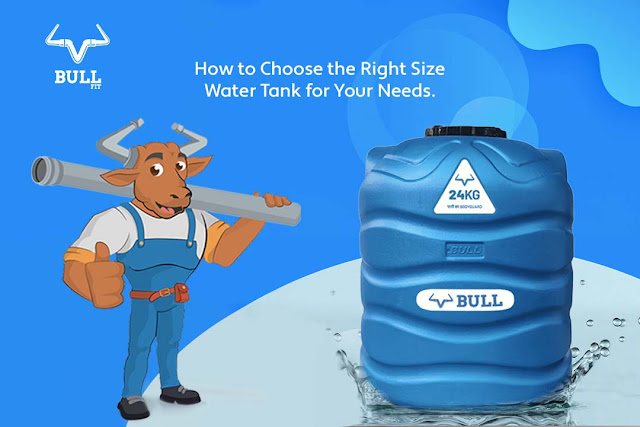How to Choose the Right Size Water Storage Tank for Your Needs
With water scarcity becoming an unfortunate reality in many parts of the world, more and more homes and businesses are looking to store and reuse water. Installing a water storage tank provides a buffer against water shortages while reducing dependence on municipal supplies.
However, buying a water tank is not a straightforward decision. These units can represent significant investments and come in many sizes. Selecting the appropriate capacity is key – an undersized tank can leave you high and dry, while an oversized one wastes money and space. Getting accurate water storage needs aligned to your property ensures appropriate preparedness without overspending.
This article will guide you through the main factors to consider when determining the ideal water tank size for your requirements.
Why Water Tanks are Critical
During seasons of drought or bursts and leaks in central water lines, stored water keeps household taps running. Large reserves ensure continuity of regular usage like drinking, cooking, washing, and flushing. Water tanks also provide readily available reserves for emergencies like fires.
Stored water allows better water management too. Rainwater harvesting fills tanks at no cost. By storing supplies during non-peak timings, one can avoid peak usage charges. Tanks also make properties self-reliant on water, reducing draw from municipal sources.
Key Considerations for Water Tank Size
When planning water storage capacity, four key parameters must be assessed correctly to identify appropriate tank dimensions:
Average and Peak Water Usage
The first step is to analyze current household consumption. Factors like a number of residents, bathrooms, type of fittings, gardens, and cleaning patterns all impact regular water usage. Additionally, usage spikes during guests, festivals, etc. must be accounted for. Higher average and peak usage demand higher storage volumes.
Water Source and Supply Reliability
Municipal supply reliability, clan line yields, and rainfall volumes in harvesting catchment areas determine input rates into tanks. Abundant harvestable rainfall and perennial municipal supplies allow smaller storage units compared to properties dependent on water tankers or erratic municipal supply.
Number of Usage Days
This indicates the duration that stored water must last without fresh supplies in emergencies like water line bursts or if supplies run out. More usage days demand substantially higher capacities. Generally, 2-5 days are recommended for homes. Critical installations may require 15 days or more of autonomous supplies.



.jpeg)
Comments
Post a Comment